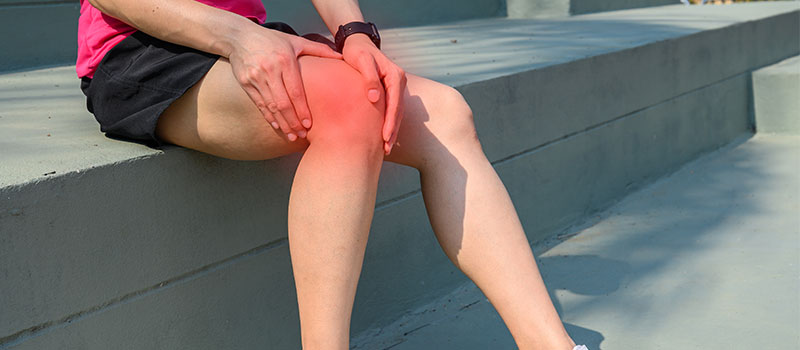Although it might not affect many people in the population, iliotibial band syndrome is a fairly common problem that runners face. However, the good news is that if it is discovered and treated early, there will be lower risks of this syndrome turning into a chronic health problem. Iliotibial band syndrome is essentially caused by problems with the pelvis which leads to impaired mobility and flexibility. What this does is tighten the muscles around the thigh, reduce your range of motion, and cause severe pain in some cases. If you are suffering from this, you are likely to benefit from chiropractic care if you seek help early.
About the Iliotibial Band
The iliotibial band makes up the outer layer of muscles that are found on the outside of your thighs. It starts from the hip and ends at the knee. To put it simply, the muscle will contract when you stand and allows your legs to stay straight. Iliotibial band syndrome is what happens if this layer thickens. Usually, when people suffer from this syndrome, it usually involves the buttock muscles and the tensor fasciae later muscles, causing pain around these areas.
Related Problems
When the iliotibial band thickens, it creates tension in the muscles that are connected to the knee. As such, this can cause knee problems as well. The knee can cause severe pain and become inflamed and swollen due to the increased pressure on your bursa(sac filled with liquid near your knee joint). As a result, it can become too painful to carry out simple activities such as walking and running because of the pain. It is important to note that you take intentional physical rest and avoid any strenuous activity if you suffer from this syndrome. If you were to continue doing physical activity involving the legs, you might risk aggravating your muscles and make the pain even worse.
Symptoms
If you suspect that you are really suffering from iliotibial band syndrome, you need to get familiar with the common symptoms of this problem. Other than pain on the outside of the knee, below are some of the other symptoms which you might experience:
- It might be painless until you engage in physical activity that aggravates your iliotibial band
- The pain might be overwhelming and severe
- The pain might not appear straight away when you start exercising
- Pain that is coupled with a snapping hip
- Pain that feels worse after you run on an incline.
Treating it
If your pain is caused by problems that started from your pelvis, it might be difficult to alleviate the pain. Research has shown that stretching might not even help with pain management. If it helps to reduce the amount of pain you experience, this relief might not last for long either. Following a routine of stretching, icing and light exercise should improve your situation. However, if you find that the pain persists, you should definitely consider visiting a chiropractor for help. A professional pain management expert will be able to reduce the tightness in your iliotibial band with various methods such as laser therapy and physical adjustments of your joints.





